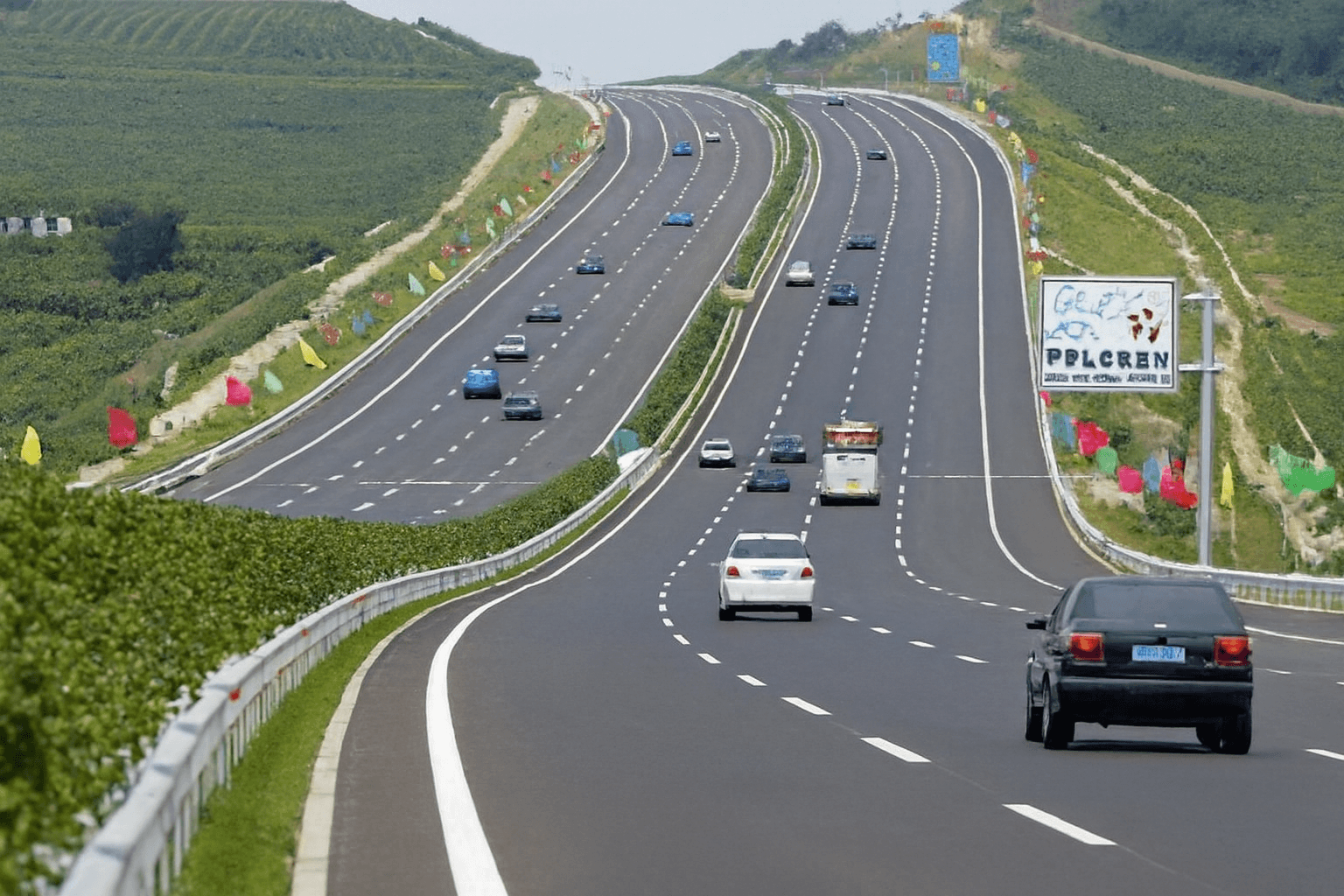.jpeg&w=3840&q=100)

Chief Justice Martha Koome recently proposed that the constitution be amended to raise the number of Supreme Court judges to 11. She said if necessary, two courts, each with five judges, could sit at the same time, to decide more cases.
Koome said this would make it easier for her not to sit, which she thinks is desirable because she has so many administrative responsibilities.
After some consideration my (personal) view is that this would require careful thought. I admit that the current arrangement –seven members and a minimum number (quorum) to sit being five - does have disadvantages. Sometimes it is impossible to get five judges together. Illness of two and another being unable to sit – because they were involved in deciding the same case in a lower court, or who ought not to sit because of some personal interest in or known bias about the issues at stake – would mean only four available.
A total membership of three over quorum might have been better. While it may be possible to deal with the last situation by using the doctrine of necessity – which has been used in one case – it will restrict what the controversial judge can do while sitting and perhaps leave a bad taste in the mouth of whoever loses the case.
WHY DO WE HAVE THE SUPREME COURT?
Being able to go on appeal to a second court if dissatisfied with the decision of the first – is important. The constitution (Article 50( 2 )q)) guarantees it for anyone convicted of a criminal offence.
In fact there would usually be two possible appeals; from a magistrate to the High Court and then to the Court of Appeal - without the Supreme Court. Before the new constitution was adopted there was something called “Supreme Court” – soon renamed “High Court” and the Court of Appeal as well as the magistrates’ courts. (This strange naming system was largely a matter of 19th century English history.)
In 2002, a distinguished Commonwealth Advisory Panel, organised by the ICJ-Kenya for the constitution making process to scrutinise the judiciary, wrote: “we have been persuaded that there is a serious and urgent need for significant reform of Kenya’s judicial system” … we have been told by virtually everyone to whom we have spoken that both forms of corruption [financial and political] are common in the courts of Kenya…. We have also heard consistent complaints regarding the level of competence of the Judiciary.”
They recommended the creation of a “Supreme Court comprised of a small number of select jurists of unquestionable skill, judgment and integrity.” It would “have the aptitude and the time necessary to give mature reflection to the most difficult legal issues confronting the country.” Judgments of such courts “provide necessary guidance for the lower courts and serve to ensure the law, especially the constitution, evolves in the manner necessary to address the changing needs of society.”
To some extent the model was the South African Constitutional Court, which had gained a great reputation as it wrestled with the country’s new realities and new constitution from 1994/6. It was designed to bring in new judges and move their judiciary away from the apartheid era, including judicial attitudes that supported it, without having to dismiss any old regime judges.
This vision of a new judicial leadership was one explanation for our constitution’s allowing lawyers who did not come from the judiciary – or even from legal practice – to be appointed as judges. Several members of the first Supreme Court would probably not otherwise have been appointed – notably Chief Justice Willy Mutunga, Justice Smokin Wanjala and Justice Njoki Ndung’u.
MODEL OF SUPREME COURT
The constitution created a type of final appeal court that we find in many countries. Especially in common law systems they sit as a single – often large – bench.
The US Supreme Court has nine judges of whom six must sit. The South African Constitutional Court has 11 of whom eight must sit (in both countries all the judges usually sit).
In other final courts of appeal including the High Court of Australia and the Irish, Canadian and United Kingdom Supreme Courts, at least five, but often seven or even nine, judges sit, especially in constitutional cases.
These courts make laws that all other courts must follow. They are structured so that their composition is generally similar. The total judges eligible to sit are not many – this is the elite of the judiciary.
This helps them work together to build up a strong body of case law – including interpreting the constitution. There is a risk of their leadership being undermined if they sit in separate benches.
There might even be a – perhaps remote – possibility of different benches deciding the same point differently.
These courts’ jurisdiction is often limited – to avoid too great a burden on the court. Here, the court deals with constitutional appeals and others must be “of general public importance” – and ultimately the court decides which these are.
The major exception is India. Its Supreme Court has over 30 judges. There is no equivalent of our Court of Appeal. And certain sorts of cases can begin in the Supreme Court. Many cases are dealt with by a bench of 2 or 3 judges. But constitutional cases are heard by at least 5 judges (one famous case cited in Kenya had 13 judges).
ROLE OF THE CJ
You might think it would hardly matter if the CJ did not sit in court much but was engaged in administration. My gut feeling is that this is wrong. And I do not think this is what the constitution expects.
That Advisory Panel of Commonwealth Judges said, “We recommend that the Chief Justice shall be head of the Judiciary and shall provide judicial leadership at all times.” Judicial leadership surely means leadership as a judge not an administrator alone.
One important aspects of leadership relates to independence of the judiciary – and to have respect of colleagues, the CJ must be distinguished in the law not just a good administrator.
The constitution recognises the CJ and DCJ as special; unlike other judges, their appointment involves the President and Parliament. You might think it’s a bad thing to have the CJ presiding if they owe their appointment to the President and Parliament.
I would suggest that is not the intention. The President has no choice. Parliament does. They are the people’s representatives.
They are surely involved because of the leadership of the CJ – and not just in administrative ways but in deciding cases also. Recall the constitution’s vision of national transformation including of the law.
The identity of the CJ as a judge is crucial to this – particularly while the court is still relatively new.
The normal practice among supreme courts is for the President or CJ to sit (and preside) frequently if not always and the courts often become known as the “XXX court” after the presiding judge.
One must sympathise with Koome – her role as chairperson of the JSC is very demanding. In fact this role should probably not have been given to the CJ.
That Advisory Panel said “the inclusion of the chief justice as chairperson of the Judicial Service Commission may inhibit it from properly exercising its functions”. And the CJ is “directly affected by and interested in the Judicial Service Commission’s recommendations relating to both the appointment and removal of judges.”
But since parliamentary select committee did so
much mischief to the constitution,
made the CJ chairperson of JSC –
they did not explain why.
Maybe without amending the
constitution the administrative
responsibilities of the CJ could be
eased a bit making it easier for them
to sit in court.

















